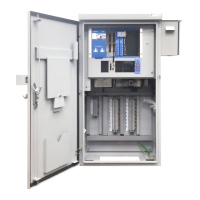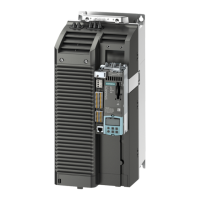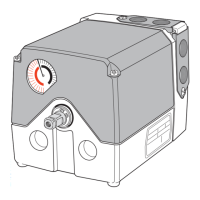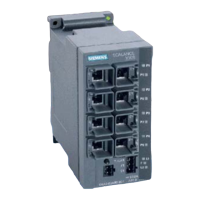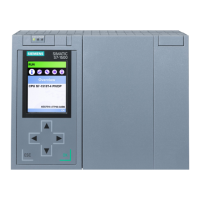ST750 GENERAL HANDBOOK
667/HB/33750/000 Page 28 Issue 6
Tactile: 667/7/17390/000
PELICAN currently Radix RS250 or RS252
667/7/17390/001
INTERSECTION currently Radix RS251 or RS252
NOTE – There are four main situations for audible/tactile control that arise on an
ST750. These are –
1. Normal Audibles – The ‘Loud’ output is used.
2. Switched Audibles – The ‘Loud’ output can be used configured to switch
off at selected times (e.g. at night). If the Tactiles are also to be switched
then the tactile PSU ‘interlock’ input can be connected to this output.
3. A Muted Audible Output – The ‘Quiet’ output can be connected to the
second audible. This audible will require a local physical muting method.
4. A Pelican With Flashing Green Man – The ‘Loud’ output is off during the
flashing period. Thus the ‘Loud’ output is used to connect to the audibles
and the tactile PSU ‘interlock’ signal input. If the ‘Loud’ output is
configured to be time switched, then the ‘Tactile’ output is used to control
the tactile PSU interlock signal input.
2.5 PHASES
The ST750 Pedestrian Controller supports either 2 ‘Real’ Phases for a single
pedestrian crossing or 4 ‘Real’ Phases for a dual pedestrian crossing.
The ST750 Small Non-UK Controller can support up to 6 ‘Real’ Phases.
The ST750 software can support up 32 phases, which can be any combination of
real and software phases.
2.6 STAGES
The ST750 software supports up 32 stages. Note that Stage 0 is normally ALL RED.
2.7 TIMINGS
All ST750 timings are transferred to battery supported RAM during initialisation.
Once in RAM, most timings can be varied by handset commands. Once the
configuration data has been loaded into the ST750, the same configuration cannot
be loaded again. This prevents the accidental overwriting of any configuration data
that may have been set up using the handset.
In the UK some timings considered to be fixed timings cannot be changed by
handset. These are typically the Amber and Red/Amber periods. These timings can,
however, be specified as alterable at configuration time to suit other signal
sequences, Non-UK requirements etc.

